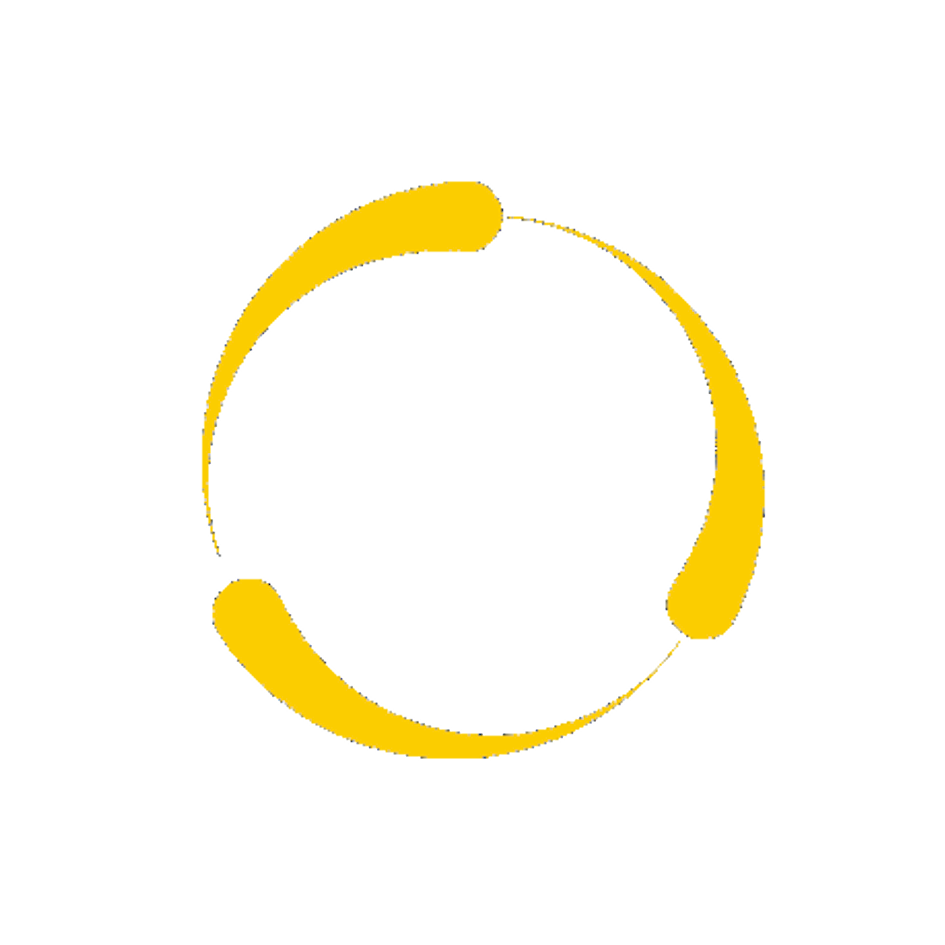INSIGHTS
mxtter is far more than an NFT auction site. They're innovators in community building in the blockchain space. Their parent company BLOCK::BLOCK's Discord is a hub of over 2.5k digital art makers, lovers and collectors. Their community-based ethos led to them to chase the idea of creating generative art drops to celebrate the power of collaboration.
Generative art is created through a process that takes the individual layers of two separate artists' digital artwork and randomly stacks and combines them to create a near infinite amount of iterations.
In other words, a near infinite amount of art.
Their pursuit paid off, with the first NFT of their 14-piece debut collection 'AZAR' selling for over 4.5 Ethereum - equal to about $16k at the time. I conceptualised this video to promote the auction, finding a simple yet dynamic way to visualise the generative algorithm at work while also teasing at possible mashups of the first 2 collaborators' art:
CONTENT
The cornerstone of generative art is collaboration. In this broader company video, I wanted to launch the viewer into a world where art can morph and transform itself, while not going too far down the digital rabbit hole to lose touch with the artists themselves.
Although it's the generative algorithm creating the new iterations, it was important that I communicated that generative art should also be seen as two artists sharing one digital canvas.
For mxtter's second collaborative NFT collection 'Tartarus', I decided to have the story unfold within a computer UI.
The audience 'logs in' to the generative algorithm and watches the mash-up magic unfold before the pieces are uploaded to mxtter for auction.
This laid a great foundation for the profile videos of the two artists at the centre of the 'Tartarus' collection. I knew I had to continue using the computer UI as a storytelling device but needed to find a way to make it personal. I approached this with a creative treatment that combined the mechanics of a computer takeover with the look and feel of being on a video call with the artists as they screen share - keeping viewers inside the UI while still allowing it to appear conversational and familiar.








